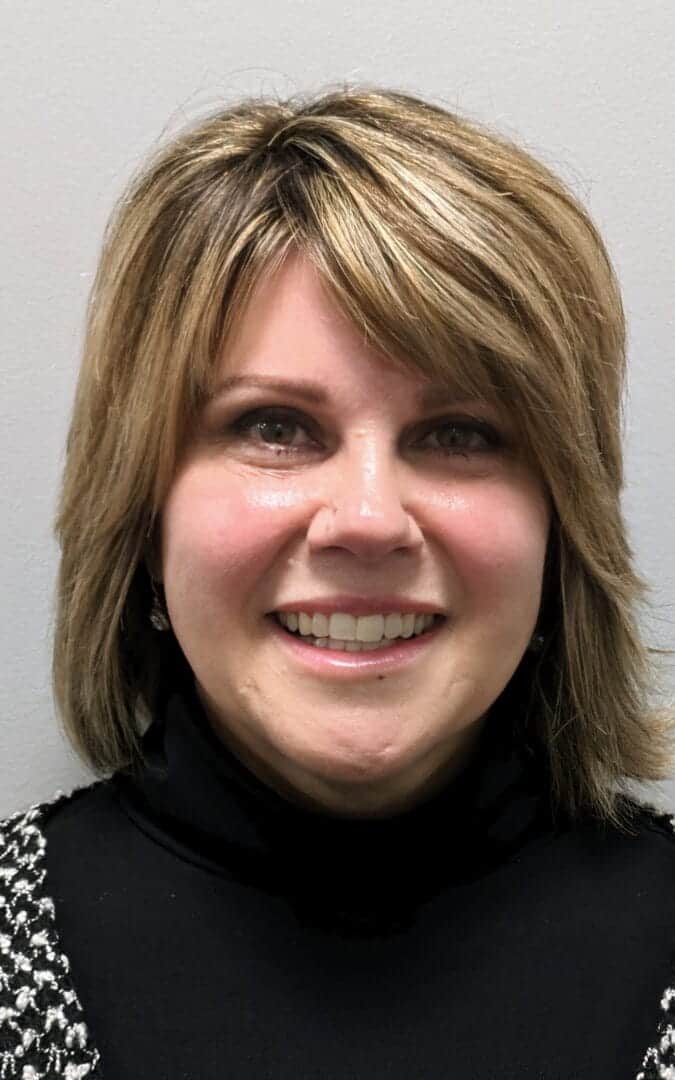
Table of Contents
Key Takeaways
- Eating disorders in middle age, like binge eating and bulimia nervosa, are more common than presumed and often go unrecognized.
- Co-occurring stimulant addiction or alcohol use can complicate diagnosis and treatment.
- Drug and alcohol evaluations done under medical supervision can help find patterns that lead to disordered eating.
- The most effective way to improve is through medically assisted treatment (MAT), nutritional therapy, and behavioral counseling.
- Dealing with the specific mental and social stresses of midlife leads to longer-lasting results.
Introduction
People often think that eating disorders only affect teens and young adults. However, new research indicates that it is becoming increasingly common in adults between the ages of 35 and 65. More and more middle-aged people, especially women, are developing binge eating disorder (BED), bulimia nervosa, and even restrictive eating habits. Even though there has been a rise in cases, awareness is still low, which leads to missed diagnoses and delayed treatment.
People in this age group often face stressors that differ from those of other groups. These include worries about how their bodies will change as they get older, hormonal changes like menopause, chronic illness, caregiving duties, and job instability. These things can combine with mental health problems to make it easier for people to develop eating disorders.
A drug evaluation by a professional can often show overlapping behaviors. This blog explores why long-term recovery relies on receiving comprehensive, age-appropriate, medically supervised treatment.
Why Don’t People in Their 40s and 50s Get Diagnosed With Eating Disorders?
People in their 40s and 50s often show “atypical” symptoms. Instead of big changes in weight or signs of purging, they might have:
- Binge eating in secret
- Using laxatives too much
- Cycles of chronic dieting
- Tiredness or mood swings
In addition, doctors and nurses may only pay attention to physical problems like stomach problems or heart problems, ignoring the eating disorder that is causing them. People think eating disorders are a “young person’s problem” because of cultural stereotypes, which makes it harder to get help. As highlighted by the Office on Women’s Health, midlife eating disorders are frequently underdiagnosed, even though many women experience disordered eating during perimenopause or menopause.
The National Institute of Mental Health says that eating disorders can happen at any age and often go hand in hand with other mental health issues like anxiety and depression, which can make things more complicated.
How Do People in Their 40s and 50s Misuse Alcohol and Stimulants?
Some people use stimulants like amphetamines or abuse prescribed drugs like Adderall to suppress their appetite or give them more energy. Some people drink to numb emotional pain or deal with stress. This kind of self-medication can quickly turn into an addiction.
At first, drugs may seem to “solve” the problem by helping with weight loss or emotional control, but they quickly lead to a cycle of withdrawal, cravings, and emotional instability. To fully understand how much someone uses drugs and alcohol and how it affects their eating habits, they need to have a structured evaluation.
What Does Medically-Assisted Treatment (MAT) Do?

MAT works especially well for people who have more than one diagnosis. It could include:
- Antidepressants to treat bulimia and the depression that goes along with it
- Medication to help stop binge eating
- Hormonal treatment for mood swings that happen during menopause
MAT is a strong base for recovery when used with psychotherapy, nutritional support, and group therapy. Combining cognitive-behavioral therapy (CBT) with medication can be more effective in the long term than either treatment alone.
What Kinds of Therapy Help People Get Better for a Long Time?
A full, personalized plan is needed for long-term recovery. CBT and Dialectical Behavior Therapy (DBT) are two examples of effective programs that deal with cognitive distortions.
- Nutrition education that takes into account how metabolism changes as we age
- Stabilization with medically-assisted treatment
- Programs that help people connect with others and their families to feel less alone
- Strategies for preventing relapse that focus on changes in life
Programs also utilize holistic therapies, such as yoga, mindfulness, and art therapy, to help individuals accept their bodies and manage stress.
How Do Gender and Life Transitions Affect Eating Disorders?

Changes in hormones during perimenopause and menopause can have a big effect on mood and metabolism. For men, the middle of their lives is often a time to rethink their health, self-image, and career identity. These changes can show up in the form of disordered eating.
Emotional dysregulation can also be triggered by divorce, children leaving home, and caring for others. Eating disorders can become a bad way to deal with things when you’re going through a time of loss or uncertainty.
Conclusion
The hidden epidemic of eating disorders among middle-aged Americans needs to be dealt with right away. Substance abuse, mental health problems, and physical changes that come with getting older can make these disorders worse. For full care, a multidisciplinary approach that includes drug & alcohol evaluation, MAT, and evidence-based psychotherapy is needed.
If you want to know how we help adults with eating disorders with compassion, science-based methods, and full-spectrum recovery support, call Virtue Recovery Center at 866-461-3339. You can always regain your health, hope, and life.
Frequently Asked Questions
Do a lot of people over 40 have eating disorders?
Yes. Binge eating, bulimia, and restrictive eating behaviors are becoming more common among adults aged 35 to 65, even though they are often missed.
What are the signs that a middle-aged person has an eating disorder?
Eating in secret, using laxatives wrong, dieting all the time, or withdrawing emotionally could all be signs of an eating disorder.
Can someone be addicted to stimulants and have an eating disorder at the same time?
Yes. A lot of people use stimulants to stop their appetite, which can make eating problems worse and make them more dependent.
How does MAT help people with bulimia?
MAT may include medications to help control cravings and mood swings, along with therapy and nutritional support.
Does treatment work when you’re older?
Yes. Middle-aged adults can fully recover from eating disorders with personalized, all-around care.
Resource Links:
- National Institute of Mental Health. Eating Disorders. NIMH, 2023. https://www.nimh.nih.gov/health/topics/eating-disorders
- National Institute on Drug Abuse. Comorbidity: Substance Use Disorders and Other Mental Illnesses. NIDA, 2024. https://nida.nih.gov/research-topics/comorbidity
- U.S. Department of Health and Human Services, Office on Women’s Health.
“Addressing Eating Disorders in Midlife.” Office on Women’s Health, 22 Feb. 2023, https://www.womenshealth.gov/nedaw/midlife.
Are You Covered For Treatment?
At Virtue Recovery Center, we understand the importance of accessible care. That’s why we’re in-network with numerous private insurance companies, ensuring that your journey to recovery is supported from the start. Let us help you quickly and easily verify your insurance coverage. Begin your path to healing today.
- About the Author
- Latest Posts
Gigi Price( Clinical Director )
Gigi Price holds licenses as a Master Social Worker and Clinical Drug Counselor. She completed her master’s degree in Social Work at Texas State University. Over the last decade, Gigi has been dedicated to utilizing evidence-based practices to enhance patient care and treatment planning, resulting in positive, long-term outcomes for patients and their families. Her passion lies in creating a treatment environment where professionals collaborate to bring about positive change and provide a safe, trustworthy therapeutic experience. Patients can be confident in receiving top-quality care under her leadership.
In her role as the Clinical Director of Virtue Recovery Houston, Gigi conducted research to identify the most effective approaches for treating patients with acute mental health diagnoses, PTSD, and Substance Use Disorder. She then assembled a team of skilled clinicians who could offer various therapeutic modalities, such as Cognitive Behavioral Therapy (CBT), Dialectical Behavioral Therapy (DBT), Acceptance and Commitment Therapy (ACT), Somatic Exposure, Eye Movement Desensitization and Reprocessing (EMDR), and Cognitive Processing Therapy (CPT). Gigi takes pride in overseeing the development and implementation of Virtue Houston’s Treatment Program, which includes two specialized therapeutic curricula tailored to the unique needs of individuals struggling with mental health issues, addiction, and PTSD.
Key Takeaways Regular exercise reduces cravings and withdrawal symptoms. Physical …
Key Takeaways Veterans Day began as Armistice Day in 1918 …
Key Takeaways Proper nutrition plays a vital role in addiction …
Key Takeaways Long-term sobriety is achievable with evidence-based addiction treatment …
Key Takeaways Mindfulness and meditation improve focus, emotional balance, and …
Key Takeaways Family involvement greatly improves the success of addiction …


























